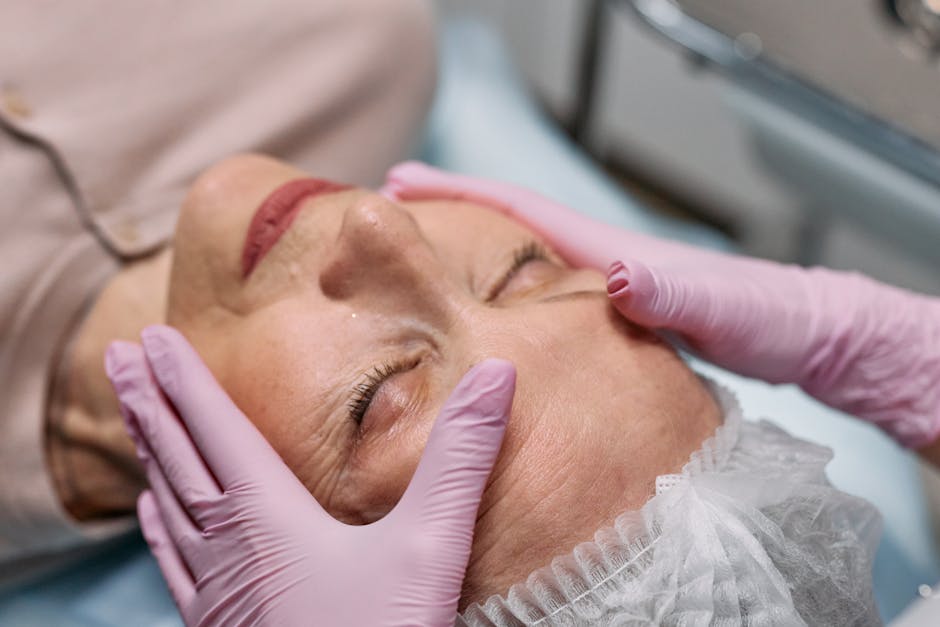Atopic Dermatitis Therapies for Seniors: Advanced Treatment Options
Atopic dermatitis, often referred to as eczema, is a chronic skin condition that can significantly impact an individual's quality of life. While commonly associated with children, this condition also affects a considerable number of seniors. As the skin ages, it becomes thinner and more susceptible to irritation, making effective management of atopic dermatitis even more crucial for older adults.

The symptoms (ranging from persistent itchiness to inflamed and cracked skin) can lead to discomfort and secondary complications such as infections.
Advancements in medical research have brought forth a range of treatment options tailored for seniors dealing with atopic dermatitis. These therapies aim not only to alleviate symptoms but also to address the unique needs of aging skin. From topical solutions to systemic treatments and lifestyle modifications, understanding these options is vital for improving the daily lives of those affected.
Understanding Atopic Dermatitis in Seniors
The prevalence of atopic dermatitis in seniors is often underestimated. Studies suggest that the condition may be underdiagnosed in this age group due to overlapping symptoms with other skin disorders like psoriasis or xerosis (dry skin). The natural aging process causes changes in the skin's barrier function, making it more prone to irritation and exacerbating eczema symptoms.
Common triggers in seniors include allergens, dry climates, stress, and certain medications. Recognizing these triggers can help tailor a more effective treatment plan. Seniors may also face challenges such as limited mobility or cognitive impairments that can hinder consistent application of treatments.
Topical Treatments: The First Line of Defense
Topical corticosteroids remain a cornerstone in managing atopic dermatitis for people of all ages, including seniors. These medications help reduce inflammation and itching, but they must be used cautiously to avoid thinning of the already fragile skin in older adults. Non-steroidal creams like calcineurin inhibitors (e.g., tacrolimus) offer an alternative, particularly for sensitive areas such as the face and neck.
- Moisturizers: Regular use of emollients is essential for maintaining skin hydration and preventing flare-ups.
- Antimicrobial Creams: These are useful when secondary bacterial infections occur due to scratching.
- Barrier Repair Creams: Newer formulations focus on restoring the skin's natural barrier to reduce sensitivity.
Seniors should consult dermatologists to identify the most suitable products, taking into account any coexisting medical conditions or sensitivities.
Systemic Treatments for Severe Cases
For seniors with moderate to severe atopic dermatitis that doesn’t respond well to topical treatments, systemic therapies may be recommended. These include oral medications such as corticosteroids or immunosuppressants like cyclosporine. These treatments carry potential side effects such as increased risk of infections or impact on kidney function, which require careful monitoring by healthcare providers.
Biologic drugs represent a significant advancement in eczema treatment. Dupilumab (marketed as Dupixent) has shown remarkable effectiveness in reducing symptoms by targeting specific pathways involved in inflammation. Its safety profile makes it a viable option even for older adults, although cost and insurance coverage can be limiting factors.
Lifestyle Adjustments and Home Remedies
Lifestyle changes play a critical role in managing atopic dermatitis alongside medical treatments. Simple modifications can significantly improve outcomes for seniors:
- Avoid Harsh Soaps: Use mild, fragrance-free cleansers to prevent further irritation.
- Humidifiers: Adding moisture to indoor air can alleviate dryness during colder months.
- Cotton Clothing: Opting for soft fabrics reduces friction against sensitive skin.
Nutritional support may also aid in management. Omega-3 fatty acids found in fish oil have anti-inflammatory properties that might benefit individuals with eczema. Discussing dietary supplements with a healthcare provider is recommended before adding them to a routine.
The Role of Phototherapy
Phototherapy has gained traction as an effective treatment for chronic eczema cases. Narrowband UVB therapy helps reduce inflammation and itching by exposing the affected areas to controlled ultraviolet light. This option is particularly beneficial for seniors who may not tolerate systemic medications well due to other health conditions.
While phototherapy is generally safe, it requires multiple sessions per week over several months to achieve noticeable results. Patients should also consider transportation challenges if mobility is an issue.
Final Thoughts
Managing atopic dermatitis in seniors involves a multi-faceted approach that combines medical therapies, lifestyle changes, and patient education. With advancements like biologics and phototherapy, alongside traditional treatments such as topical creams and moisturizers, there are now more options than ever tailored to the unique needs of aging individuals. Proper diagnosis and a personalized treatment plan remain key to improving quality of life while minimizing risks associated with therapy.
